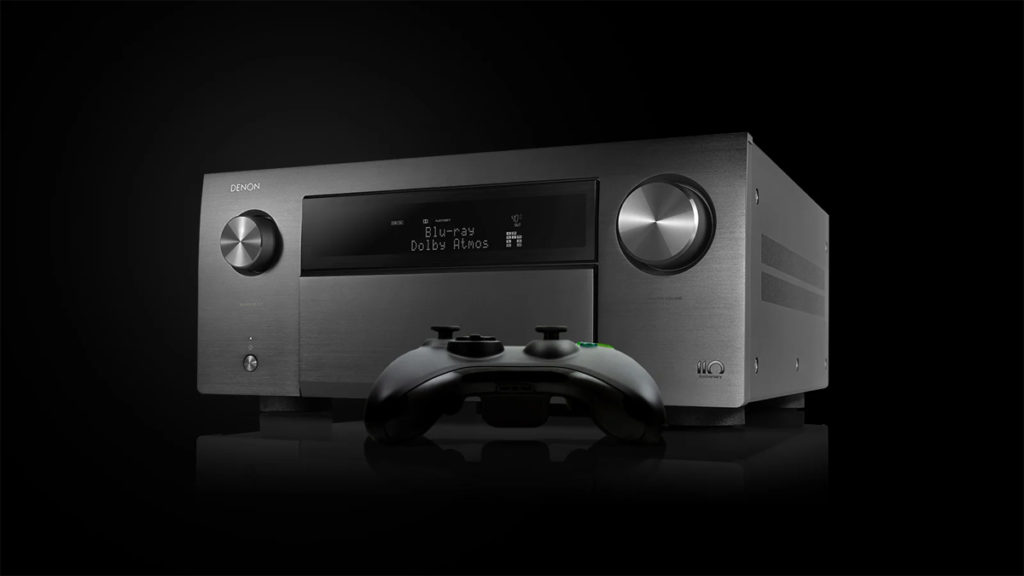- Joined
- May 6, 2019
- Messages
- 12,222
- Points
- 113
Image: Denon
If you’re thinking of spending big bucks on a shiny, new HDMI 2.1-compatible receiver, forget about it. Following a report from German publication Heise, at least two manufacturers have confirmed that newer receivers are crippled by a major Panasonic chipset bug that prevents proper pass-through of high bit-rate content (e.g., 4K/120 Hz, 8K/60 Hz) with certain devices.
Some of the victims reportedly include NVIDIA’s GeForce RTX 30 Series graphics cards, as well as Microsoft’s new flagship console, the Xbox Series X. Strangely, the bug doesn’t seem to affect the...
Continue reading...
